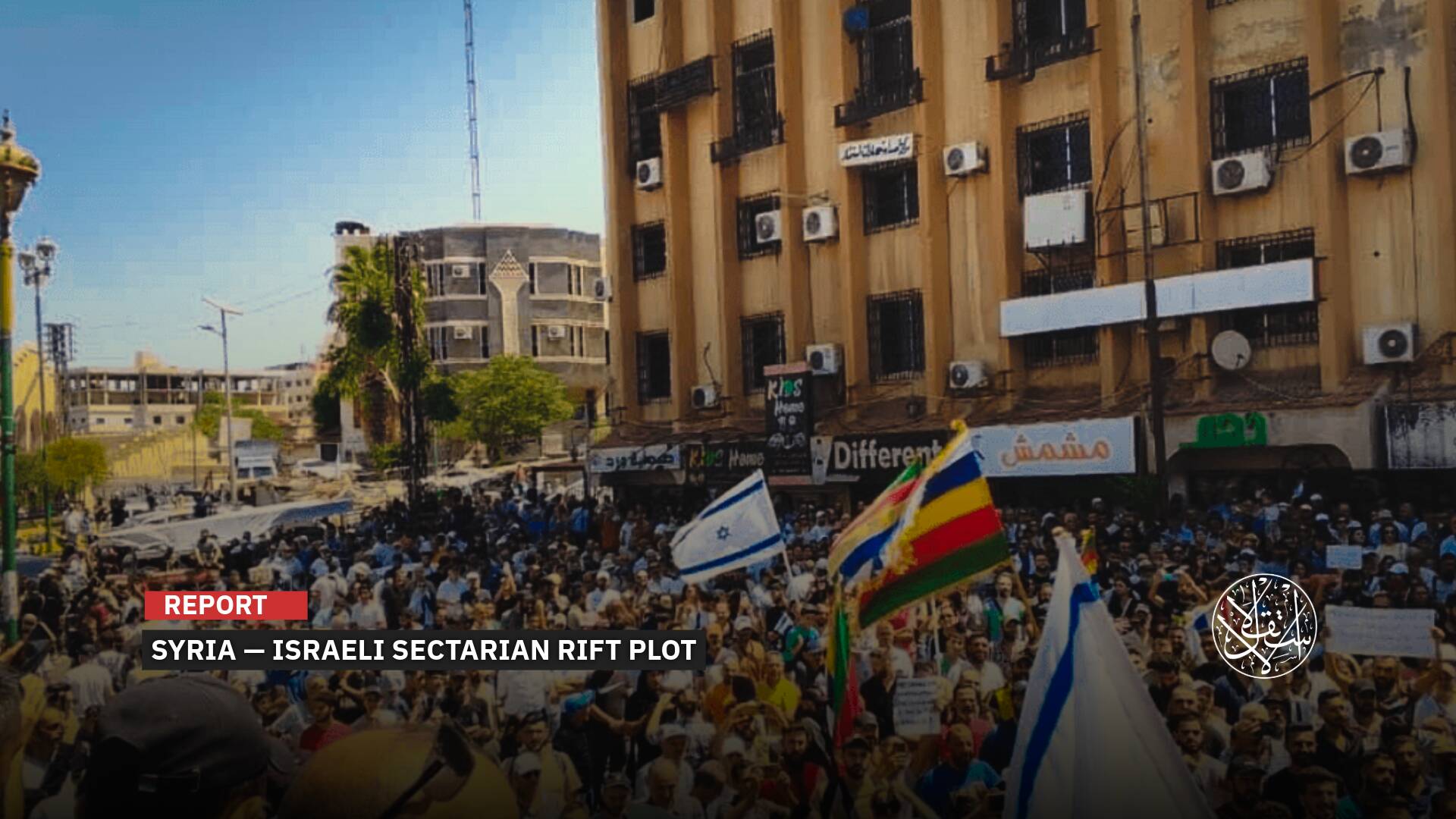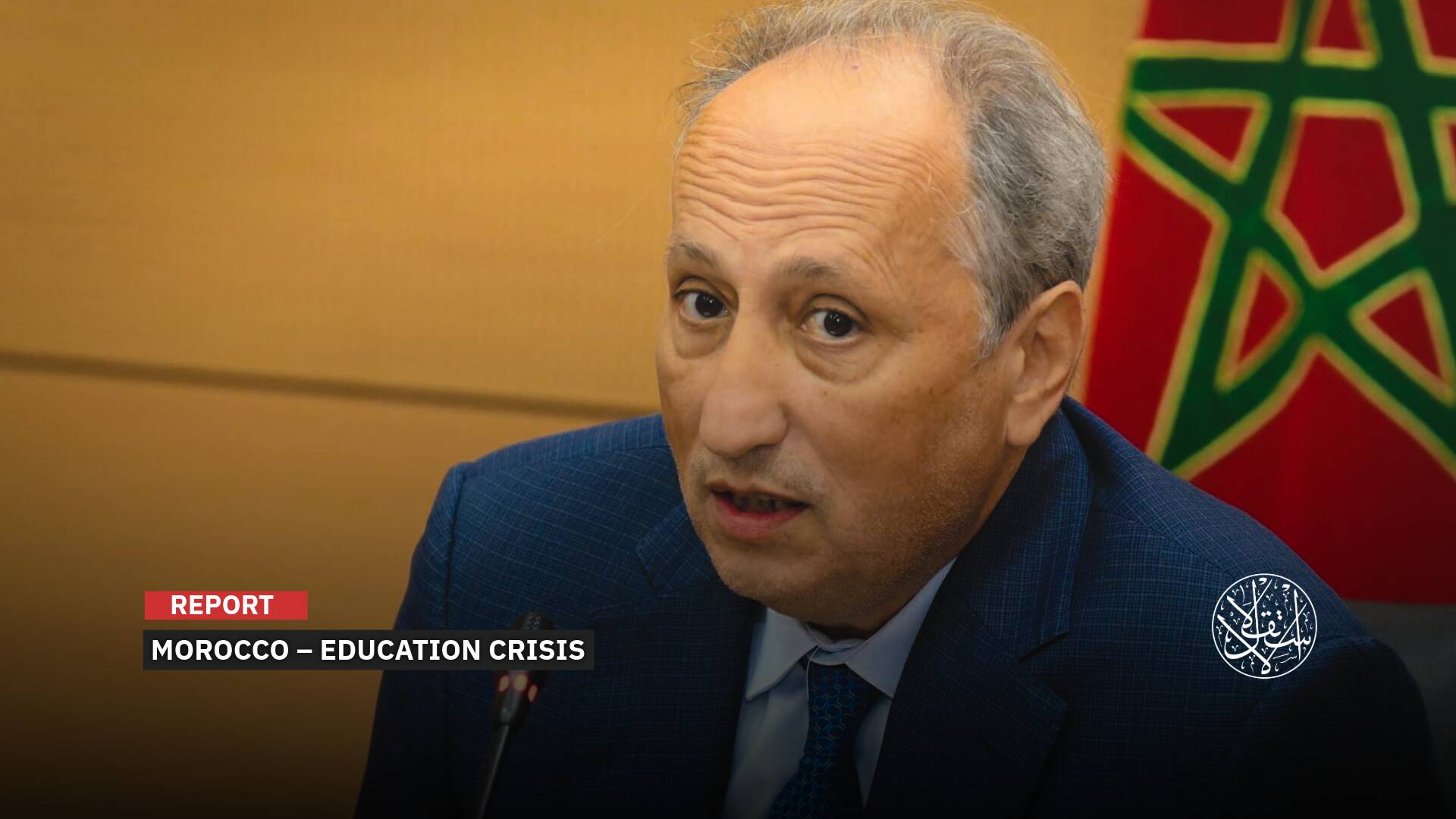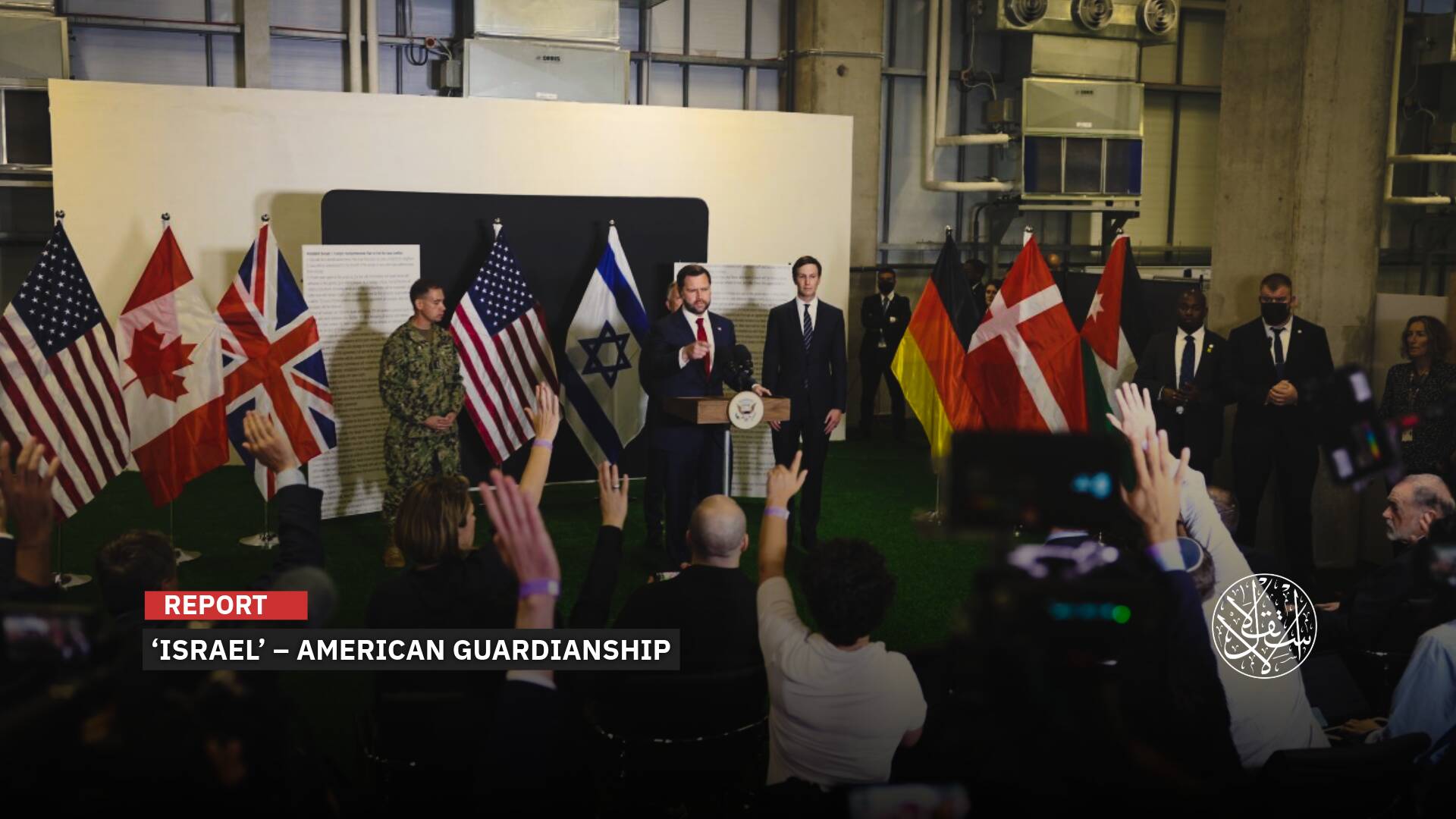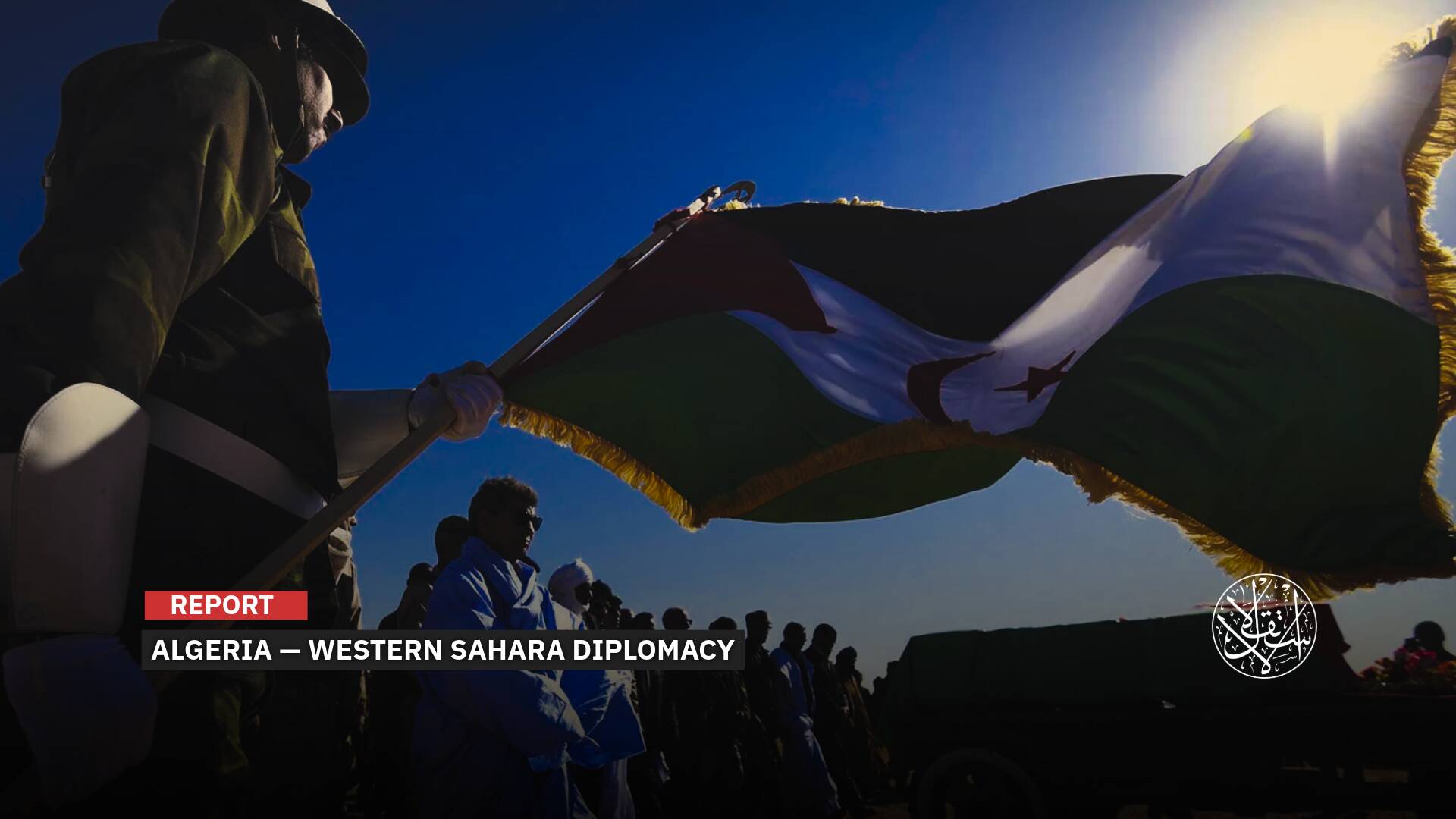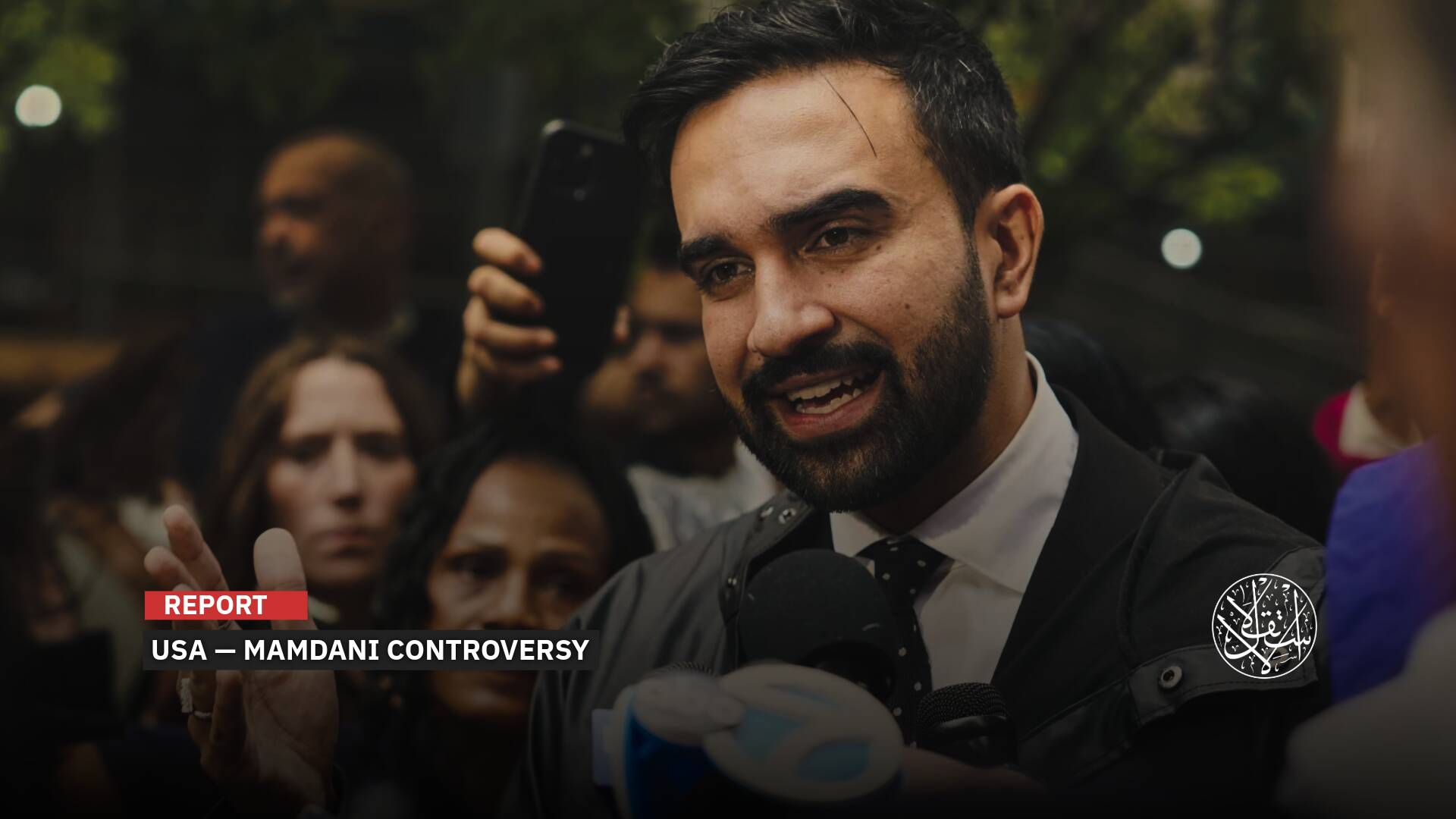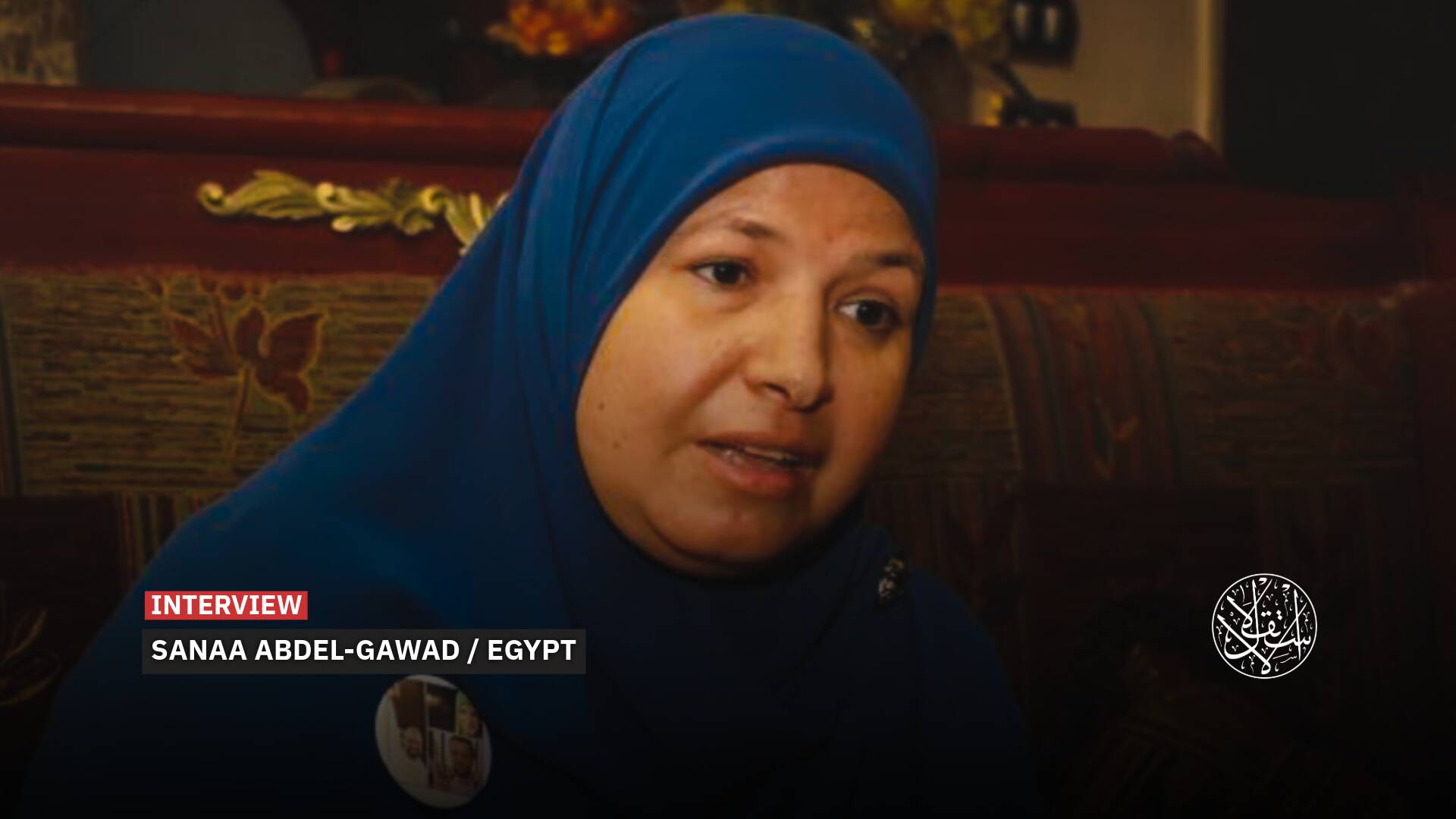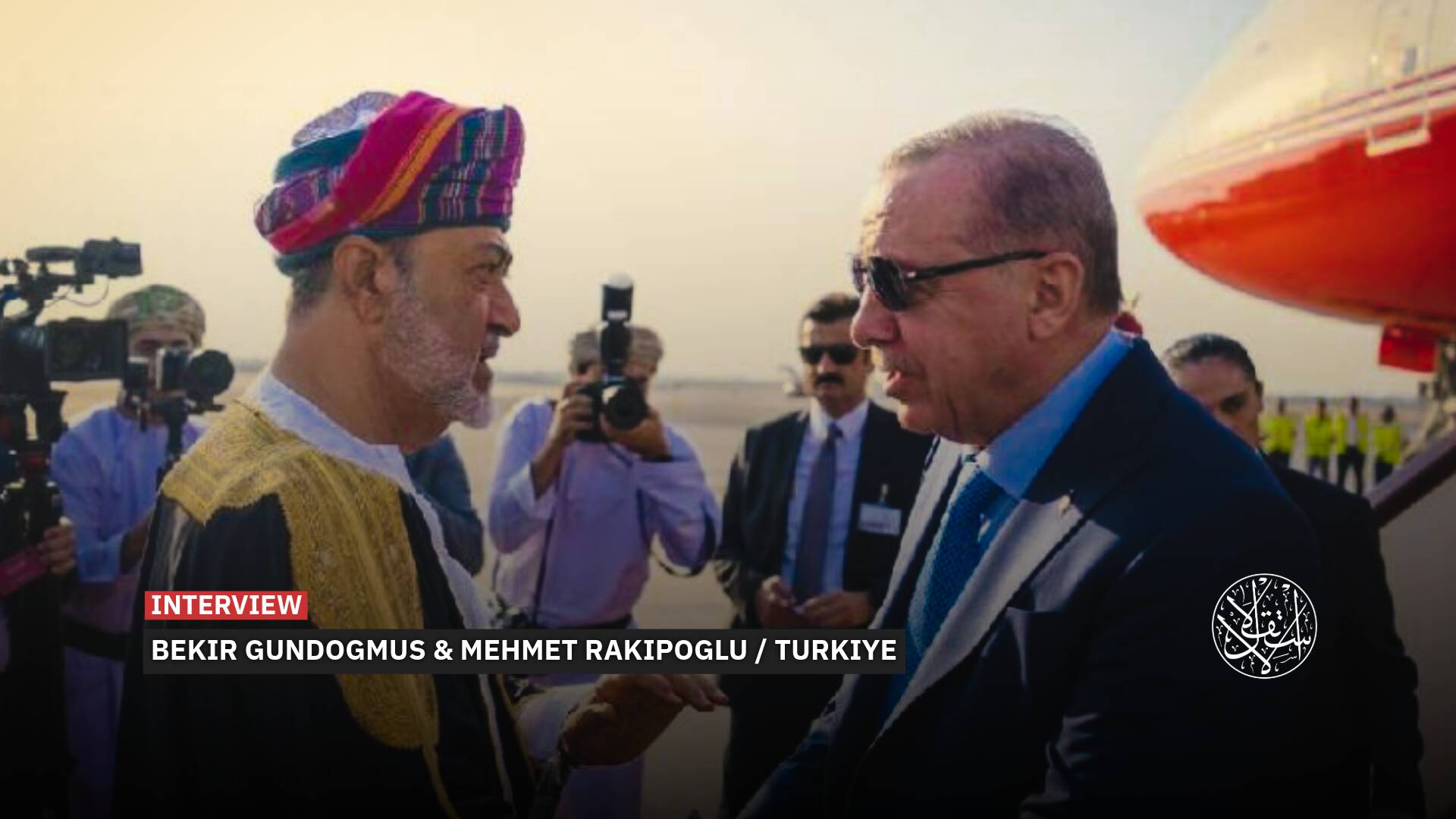Reaching $50 Billion: How Iran Ensnared the Syrian Regime in Debts for the Next Five Decades

Day by day, Iran’s debt to the Bashar al-Assad regime continues to grow. These debts have accumulated since 2011, following Iran’s military intervention in Syria alongside Assad’s forces to prevent his downfall.
These debts, costing the Iranian government tens of billions of dollars, are being shouldered from the pockets of the Iranian people.
As a result, Iran has entered into agreements and contracts with Assad across various sectors to ensure future repayment.
Despite Iran’s significant role in the destruction of Syria through its involvement since 2012, deploying militias and weapons alongside Assad’s forces to suppress the revolution and reclaim areas from opposition control, Tehran has refrained from disclosing clear statistics about the cost of its intervention.
Document of Debt
However, a leaked confidential document from Iran’s presidential institution has revealed that Tehran has spent over 50 billion dollars over ten years on the war in Syria, which constitutes repayable debts. Among these debts, 18 billion dollars are set to be reclaimed through agreements and economic investments without guarantees for execution.
The new document was published by the Iranian opposition group Uprising to Overthrow the Regime after infiltrating the Iranian presidency’s website. It was circulated by media outlets on August 10, 2023.
The document contains a report titled Identifying Iran’s Investment Commitment in Syria and Debt Repayment, prepared by Hamid Padash, the First Deputy to the President for Economic Coordination and Infrastructure, in February 2023.
The document highlights that Iran’s claims against Syria for the recovery of its debts are divided into two categories: military claims and civil claims.
It mentions that Iran has provided oil exports, credit lines, and cash payments to the Syrian regime.
The document recalls that the Khatam al-Anbiya Construction Headquarters, the economic arm of the Revolutionary Guard, is responsible for recovering economic claims from the Syrian regime.
The document indicates that the Assad regime has expressed reservations about military claims that have yet to be completed by the Iranian side.
The document states that the agreements signed by the Syrian Ministry of Economy and Trade with the Iranian Ministry of Roads and Urban Development in September 2022 commit Damascus to repay 18 billion dollars to Tehran through a set of eight investment projects. Iran is expected to spend around 947 million dollars on these projects to recover its debts according to a 50-year timeline.
Moreover, Iran’s total investment in projects and contracts concluded with the Syrian regime amounts to 947 million dollars. Tehran is projected to recover a total of 17.932 billion dollars over periods ranging from 25 to 50 years.
The document notes that these projects and contracts were selected from a list of 130 projects presented by the Syrian regime, while other projects are being reviewed and studied on-site.
Iranian Projects
Among the prominent eight projects mentioned in the document are investments in the Syrian oil and phosphate sectors. The oil project pertains to a contract for the Homs oil field, oil field No. 21, with a reserve of 100 million barrels. Another contract is associated with oil field No. 12 in the border city of al-Bukamal, adjacent to Iraq.
The city of al-Bukamal holds strategic importance for Iran, as its supported militias mainly control eastern Deir ez-Zor, a route for Iran’s passage through Iraq to Syria. It occasionally faces airstrikes from the U.S. and “Israel.”
The document reveals that the execution of the Homs field contract, spanning 30 years and starting in 2020, involves a $300 million investment by Iran to complete the project within five years, aiming to recover $3.4 billion in debts.
Similarly, the al-Bukamal contract, also 30 years in duration, sees Iran investing $300 million over five years, targeting the recovery of a total of $3 billion in debts.
The document discloses a range of Iranian projects and investments in Syria, including the establishment and operation of a mobile phone station, requiring a $222 million expenditure over three years, projected to yield an anticipated income of up to $1.5 billion.
Another project focuses on “Paying Part of Latakia Port’s Income over 5 Years.” Iran received a share of its income between 2019 and 2020, and the payment of these dues is anticipated to continue for 20 years.
One contract involves the investment of 5,000 hectares of agricultural land without specifying its location. Through this investment, Iran will repay $25 million in debts over 25 years.
Another contract titled “Zahed for Livestock Farming” involves investment in Syria’s animal wealth sector, with the aim of repaying a total of $7 million in debts over 25 years.
Iran has not commented on the leak of this document, which came as part of repeated cyber breaches by hacking groups targeting Iranian government websites.
Nonetheless, Iran has been vigorously engaging in signing agreements and contracts with the Syrian regime in recent years. Additionally, it has been providing technical, engineering, and circumventive oil support to keep Assad’s military apparatus and governmental institutions operational.
Iran’s alignment with Assad to suppress the revolution served as a broad opening for Tehran to initiate its project and ambition to reach the Mediterranean Sea, linking Iran, Syria, and Lebanon overland through militias. Iran has solidified its military presence there, boasting around 100,000 fighters deployed in Syria.
Conceding Contracts
Concurrently, Iran has been rapidly securing vital sectors in Syria, outpacing Russia in signing contracts with the Assad regime. All of these agreements are tied to the Iranian Revolutionary Guard Corps.
For instance, in 2019, Iran inked around 35 agreements with the Syrian regime, with 23 agreements signed in a single month, January, of that year. This is in addition to dozens of contracts, memoranda, and understandings that were previously established.
In this context, economic expert and Chairman of the Syrian Economy Working Group, Osama Kadi, emphasizes that the Syrian opposition participating in the Astana and Geneva tracks is bound by the contracts Iran concluded with the Assad regime after 2011. Following the Astana track implies that the opposition is obligated to these contracts, as they acknowledge Tehran as a guarantor.
Kadi explained to Al-Estiklal that “these contracts are diverse and encompass housing, investments, establishing an Iranian bank in Syria, building 200 housing units, in addition to signing five agreements between Tehran and the Assad regime in 2017 related to telecommunications, agriculture, industry, and animal resources.”
Likewise, “the contracts between the Assad regime and Iran concerning the alteration of educational curricula in Syria, as well as everything related to power stations signed in 2019, cattle farming projects, and land reclamation in Tartus and Latakia.”
The Geneva track of Syrian negotiations is a political process between the opposition and the Assad regime under the auspices of the United Nations.
On the other hand, Astana is a military track that has beneficial implications for the Syrian political process. It includes the three guarantor states (Russia, Turkiye, Iran), as well as the opposition and the Assad regime.
Some Arab countries also participate in certain rounds of the Astana track, which began its first rounds on January 23-24, 2017. These countries, such as Jordan, Egypt, Iraq, and Lebanon, act as observers only.
Kadi pointed out that “the bigger issue lies in the absence of an official Iranian statement regarding the extent of its debts to Syria, which accumulated after 2011. Thus, the problem is not that the opposition is bound by agreements, but that it is obliged to repay these debts at a time when the country’s resources are controlled by Iran and Russia.”
The Sole Exit
Kadi emphasized that “no political solution in Syria includes a provision stating that the first transitional government has the right to review all contracts signed by the regime since March 2011. If a contract is good and beneficial and serves the interests of the Syrian people, the government can endorse it. If a contract contains unjust conditions, these can be rectified at that time, and the contract remains.”
He continued to say, “If a contract is entirely unjust, the first transitional government has the right to reject it.
“If we don’t adhere to this provision, the opposition will be bound by contracts and debts within the political solution for the next ten generations. Contracts signed by the Assad regime will turn into contracts of submission.”
He illustrated this by saying, “For example, the agreement regarding Tartus Port between the Assad regime and Russia, according to the leaked document, is for a duration of 49 years, automatically extended for a quarter of a century. Meaning, Syrians would not have the right to reclaim Tartus Port until the year 2093!”
He further added, “Most likely, this applies to Latakia and Baniyas ports as well. Thus, there would no longer be any Syrian ports left in Syria.”
Iranian officials periodically demand their government to collect these debts from the Assad regime.
The former head of the National Security Committee in the Parliament said, “I hope the outstanding debt of Syria, which amounts to around $30 billion, will be addressed during President Ebrahim Raisi’s visit to Damascus.” This statement was made in an interview with the local Tejarat News on May 2, 2023.
On May 3, 2023, President Raisi arrived at Damascus International Airport with a high-ranking political and economic delegation, marking the first official visit of an Iranian President to the country since 2010. During this visit, he met with Assad.
The former head of the National Security Committee added, “Iran has provided significant aid to this country during the Syrian war until 2015, amounting to approximately $15 billion.
“Part of this aid was post-war, comprising technical and engineering works and energy exports valued at $10 to 15 billion. However, clear statistics regarding Iran’s cost in Syria have not been disclosed.”
He also pointed to the presence of five major contracts to repay this debt, involving cattle farming, five thousand hectares of land, phosphate mines, oil wells, and a telecommunications project that has not been implemented.
Iran’s Kayhan newspaper, in a report published in January 2018, asserted that “the world must recognize that Tehran is the one who bore the cost of keeping Assad in power in Syria, and we paid a high price for that.”
The newspaper went further by describing Assad as “lacking principles and ungrateful, due to his agreement with the Russians over handing the reconstruction dossier of Syria to them instead of Iran.”
For instance, the cost incurred by Iran, totaling $30 billion in Syria, is equivalent to 10 percent of Iran’s GDP and equals one year of the government’s general budget.
As a result, the Iranian opposition states that more than $50 billion spent by the Iranian regime in Syria to maintain Assad in power comes “from the pockets of the Iranian people” amid half a million Syrian casualties and 12 million displaced and uprooted individuals from the country.
Economic observers affirm that Assad’s debts will remain on paper without the ability to repay them in the foreseeable future due to budget deficits and lack of resources that bring in foreign currency, a consequence of harsh Western sanctions. Meanwhile, the agreements and contracts granted by Assad to Tehran allow Iran to reinforce its long-term presence in Syria.


